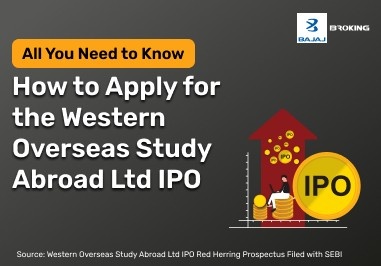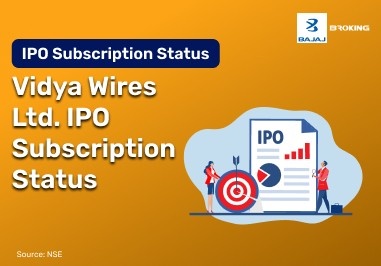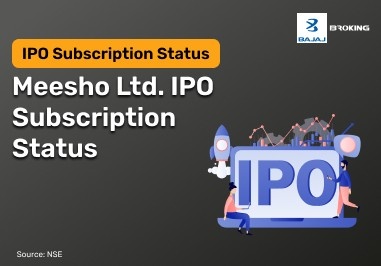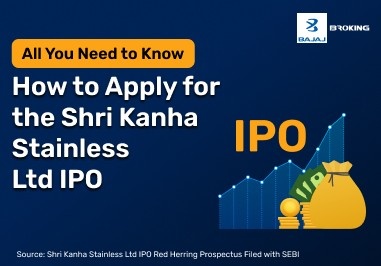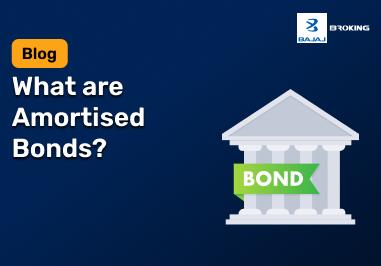If you are just stepping into the world of markets, “CFD trading vs share trading” can feel like one of those finance riddles where both answers look right until you dig deeper. On the surface, both involve speculating on price moves. But under the hood? The mechanics are completely different.
Before we get into the details, one big note — CFD trading is currently not recommended for Indian residents under SEBI regulations. This is purely educational, so you can understand how CFDs work in other markets and how they differ from traditional stock trading.
What are CFDs?
CFDs — or Contracts for Difference — are like financial side bets between you and your broker. You are not buying the actual stock, commodity, or index. Instead, you are agreeing to exchange the difference in the price from the time you open the trade to when you close it.
The appeal? Flexibility. You can trade rising markets and falling markets. You can use leverage, which means controlling a larger position with less upfront capital. But that leverage cuts both ways — just as it can magnify profits, it can also magnify losses.
If you are trading CFDs on, say, Apple shares, you are not an Apple shareholder. You will not get voting rights or physical share certificates. But you might get dividend adjustments if the company pays dividends while your CFD position is open.
CFDs are widely used by traders who want to speculate short-term, access global markets from a single platform, or diversify across assets without physically owning them.
What Are Stocks?
Stocks, on the other hand, are the old-school way of participating in a company’s success. When you buy a stock, you are buying a piece of that company — literally. That ownership comes with rights: voting at AGMs, receiving dividends, and having a claim on the company’s assets if it winds down.
Unlike CFDs, stock trading is about owning the underlying asset. You can hold it for years, decades even, watching it appreciate in value and paying you dividends along the way. There is no leverage unless you deliberately use margin trading, which makes stock investing less risky for many people compared to derivatives like CFDs.
In most cases, stocks are traded during fixed exchange hours, are heavily regulated, and come with clearer costs — brokerage fees, applicable taxes, and sometimes stamp duty. They are favoured by investors who want long-term growth, stability, and a more tangible connection to the businesses they invest in.
Differences Between Cfds and Stock Trading
Aspect
| CFD Trading
| Stock Trading
|
Ownership
| No ownership of the underlying asset
| Direct ownership of the stock
|
Leverage
| High leverage, enabling larger position sizes with less capital
| No leverage, unless margin trading is used
|
Short Selling
| Allows short selling, benefiting from falling markets
| Short selling possible but requires borrowing stocks
|
Capital Requirements
| Lower capital requirement due to leverage
| Higher capital required to buy stocks outright
|
Costs
| Includes spreads, overnight financing fees, and margin calls
| Brokerage fees, stamp duty (in some regions), and holding costs
|
Dividends
| Reflected as adjustments to the CFD position
| Direct receipt of dividends
|
Trading Hours
| Nearly 24/5, depending on the market
| Limited to exchange hours
|
Regulation
| Less regulated compared to stock exchanges
| Heavily regulated by exchanges and authorities
|
Taxation
| Varies by jurisdiction
| Capital gains tax and dividend tax apply
|
Suitability
| Better for short-term speculation
| Better for long-term investing
|
Choosing Between CFDs and Stock Trading
When it comes to CFD trading vs share trading, the “right” choice really depends on you — your goals, your time horizon, and your appetite for risk.
If you want to trade short-term moves, have the flexibility to go long or short, and access global markets from one account, CFDs tick those boxes. They use leverage, so you can control a large position with less capital. That can be exciting — but also dangerous if you misjudge the market or ignore overnight financing costs.
If you prefer stability, long-term wealth building, and actual ownership of assets, stocks are the way to go. You can collect dividends, hold through market cycles, and avoid the extra risks that come with leverage.
It really comes down to whether you want the fast-paced flexibility of CFDs or the slow-and-steady growth of share ownership.
Reasons to Trade CFDS
Leverage: Trade bigger positions with less money upfront — though remember, bigger risk comes along for the ride.
Short-selling: Profit from falling markets without borrowing shares.
Access to global markets: Trade stocks, commodities, indices, forex, and crypto from one platform.
No ownership required: Avoid physical ownership costs and complexities.
Flexible trading hours: Many CFDs trade almost 24 hours a day, Monday to Friday.
Diversification: Spread your risk across different markets without buying each asset outright.
Lower transaction costs: In many cases, fewer upfront fees than traditional stock ownership.
Reasons to Trade Stocks
Ownership of assets: You are a shareholder with rights and potential dividends.
Dividend income: Earn regular income if the company pays dividends.
Long-term growth: Historically strong returns over decades.
Lower risk than derivatives: No leverage unless you choose to use margin.
Regulated and transparent: Traded on established exchanges under strict rules.
Portfolio diversification: Build a basket of companies across sectors and regions.
Clear costs: Mostly brokerage and taxes — no hidden overnight charges.
Stable for conservative investors: Fits a buy-and-hold wealth-building approach.
Final Thoughts
CFDs vs stocks is not just a technical comparison — it is a choice between two very different mindsets. CFDs are like sprinting: fast, intense, and risky if you lose focus. Stocks are more like long-distance running: steady, patient, and designed to reward you over time.
If you understand the mechanics, risks, and potential rewards of each, you can decide which aligns with your style — or even use both in different parts of your portfolio (outside India, where CFDs are permitted). At the end of the day, it is about matching the tool to the job and making sure you know exactly what you are holding or not holding.



